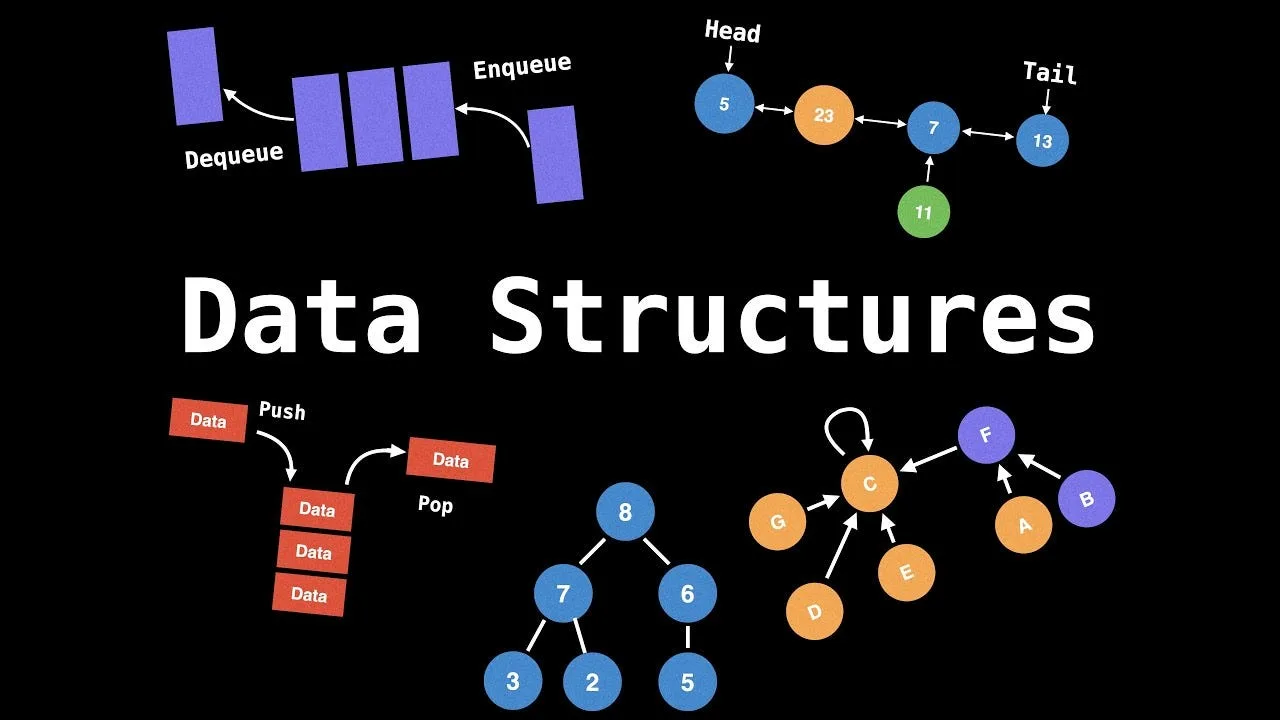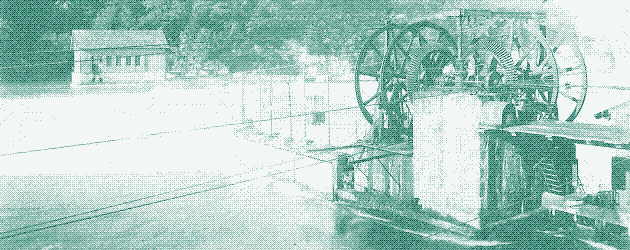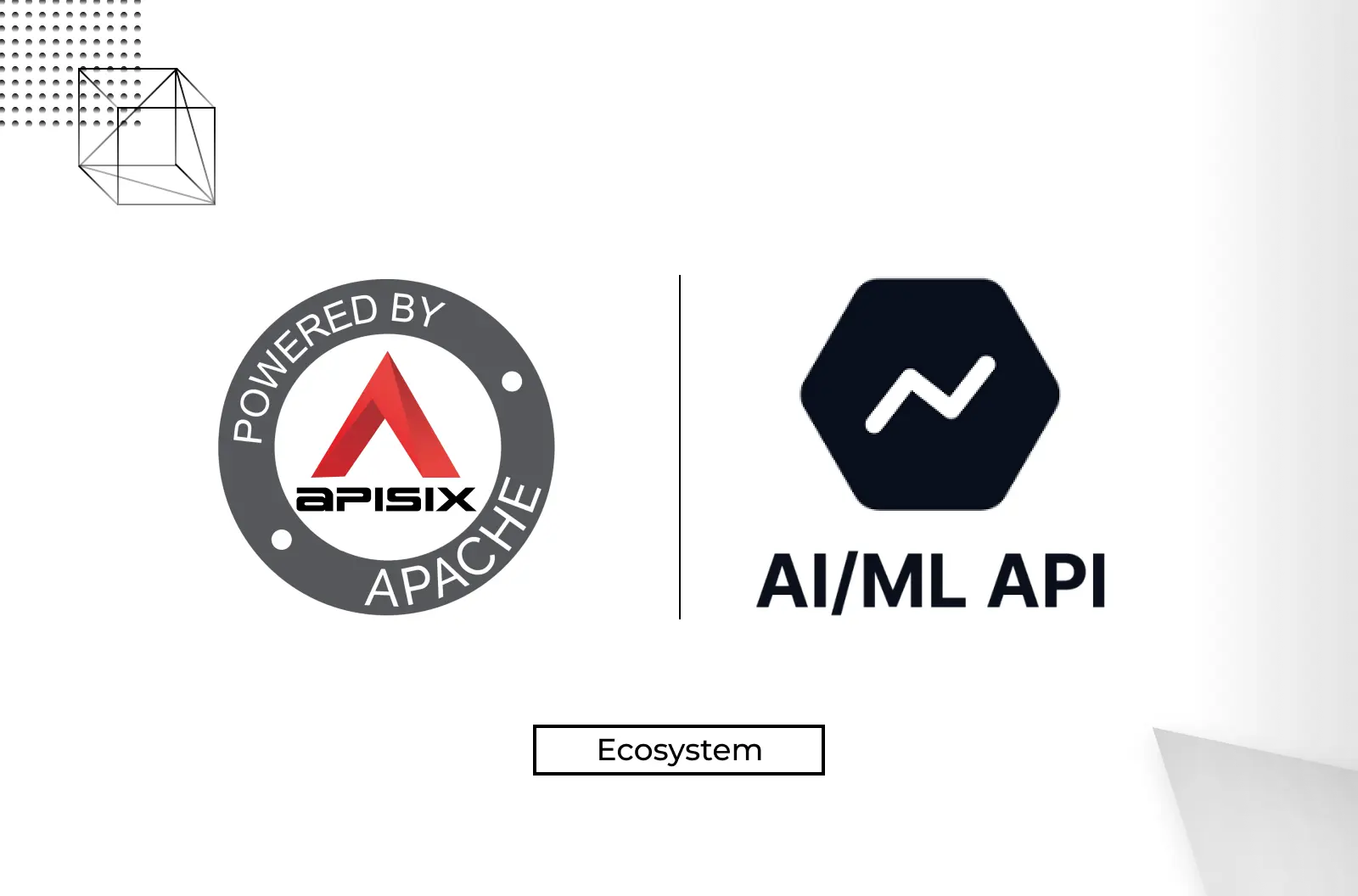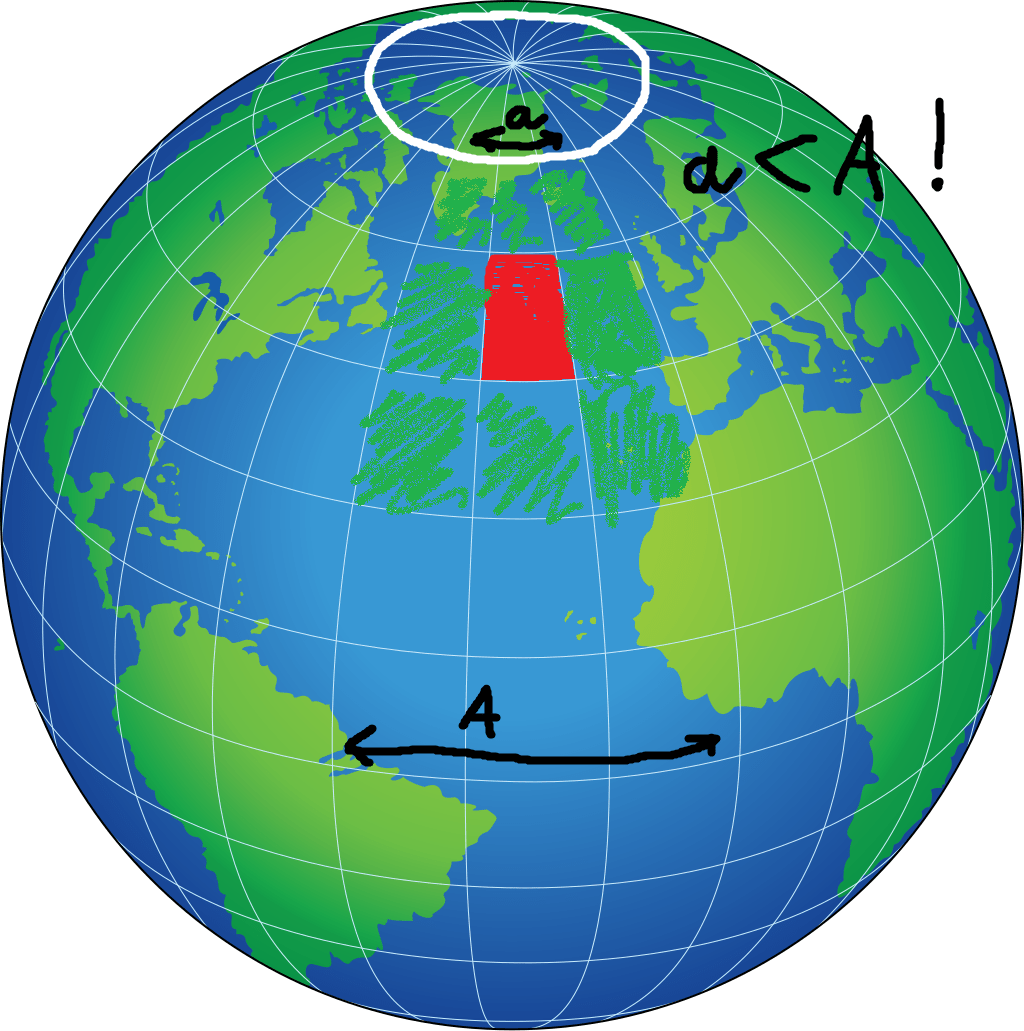
Foundational Data Structures (and Their Weird Cousins) Explained
If you’ve ever touched a programming course - even just peeked into one - chances are you've heard about the seven foundational data structures in computer science: arrays, linked lists, hash tables, stacks, queues, graphs, and trees. They’re as essential to programming as the alphabet is to language. But like many things in tech, there's a deeper rabbit hole filled with fascinating alternatives, weird optimizations, and real-world problems these basic data structures just can’t solve on their own.
This article not only provides a clear explanation of the core data structures but also explores their more complex and less-known variants such as B-Trees, Radix Trees, Ropes, Bloom Filters, and Cuckoo Hashing.
A data structure is a method of organizing and storing data in a computer so that it can be accessed and modified efficiently. The acronym CRUD - Create, Read, Update, Delete - is the essence of what we do with data, and a good structure makes these operations fast and reliable.
Problem with Binary Trees: Binary search trees (BSTs) are powerful, reducing time complexity from O(n²) to O(log n). But they have one major downside - each node has only two children. That causes the tree to grow deep and slow when dealing with massive datasets.
















